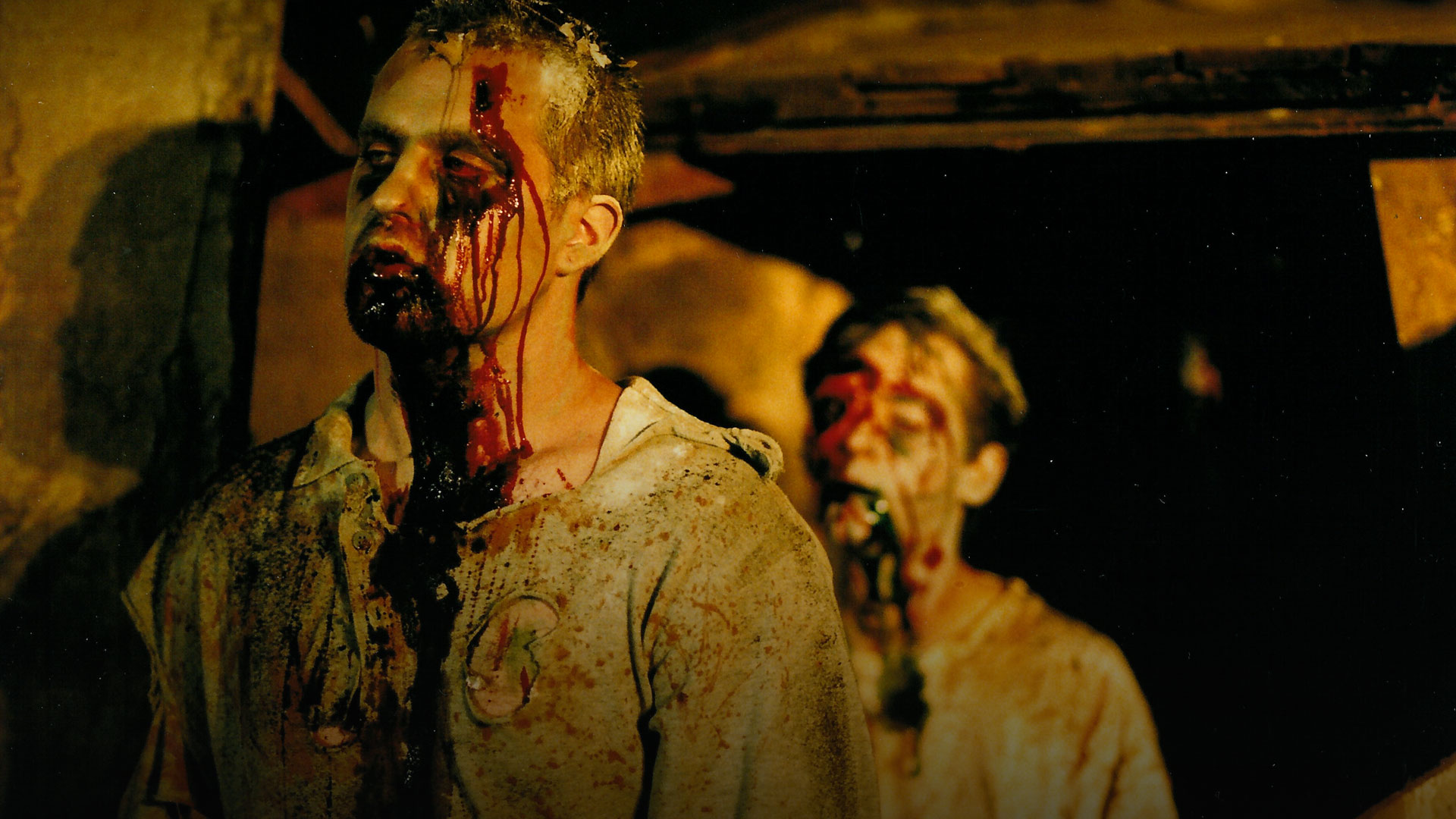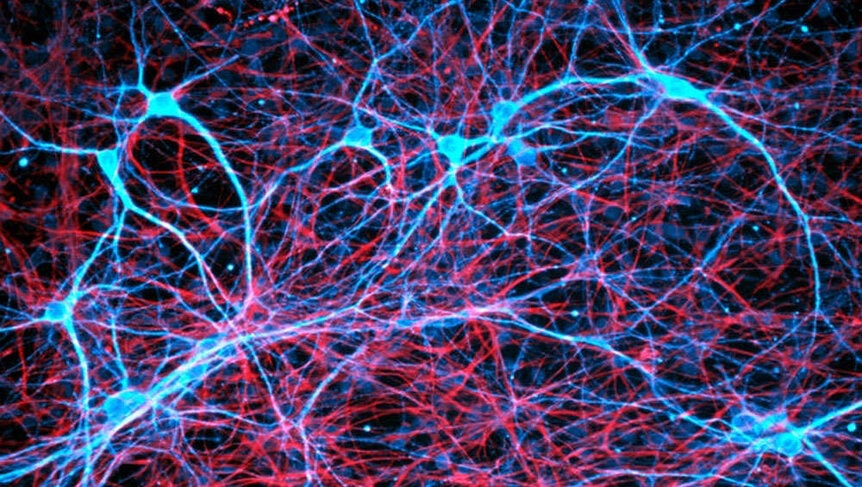Create a free profile to get unlimited access to exclusive videos, sweepstakes, and more!
Zombie cells turn undead in your brain and keep expressing genes after death

Not all zombies are shambling corpses with a lust for brains. Some could lurk in your brain. After death, undead brain cells grow freakishly long arms and might seem more alive than anything else postmortem. These are the glial cells. New research, which revealed what happened in tissue removed from brain surgery patients, has found that glia express genes long after other types of brain cells have ceased functioning. This phenomenon is sending previous thinking — that everything ceases after the heart stops — to the grave.
Because glial cells are inflammatory cells that will reanimate in desperation to save the brain, seeing this zombification was not so much of a shock to researcher Fabien Dachet, who recently co-authored a study published in Scientific Reports.
“These glial cells do not surrender to death,” Dachet told SYFY WIRE. “Their normal function is to protect life and make a last-ditch effort to fix trauma and reestablish correct homeostasis of the brain environment. The genes they express postmortem are the same genes we know to be activated after brain trauma or stroke and are involved in neuro-inflammation.”
Zombie brain cells had not been observed before since most studies of (supposedly) dead human brain tissue were carried out 12 or more hours postmortem. Those previous studies had neglected to study brain tissue that had just been cut off from its oxygenated blood supply, which is also the time that glial cells start growing those creepy appendages that really could pass for grasping zombie arms. The tissue was studied at different points during a span of 24 hours to see what, if anything, survived. 80 percent off genes in the brain survived the entire period.
The genes that survived the longest during the simulated death were those used for regular cellular maintenance, which Dachet believes are probably so stable because they are already found everywhere in all cell types. Neuronal genes were the first to perish. These are the genes that are behind thinking and memory in neurons, and someone who has passed on to some great beyond or parallel universe isn’t exactly thinking about earthly things anymore. Dachet believes that knowing their fate after death can still benefit the living.
“The fact that neuronal genes are the first to go is really important for those of us interested in studying brain function and brain diseases,” he said. “This rapid degradation of genes involved in brain activity may be biologically important and is probably closely related to a programed silencing of expression needed to reduce their expression when the brain is no longer active.”
Unlike the non-neuronal glial cells, neurons will die without oxygen. The human brain needs ten times more energy than any other organ in the body. You can lose consciousness in seconds if blood suddenly stops flowing to your brain. When oxygen or energy plummets, it can lead to permanent damage and even cell death in the brain of a stroke or trauma survivor. Neuronal genes are activity-dependent, meaning that they can undergo drastic changes because of brain activity, such as epileptic seizures. As neuronal genes degraded, activity in the zombified genes simultaneously increased for 12 hours.
Glial cells go full zombie because they are protective cells that try to compensate for any loss in brain function and protect the rest of the brain if one part loses oxygen and the rest is just barely gasping for it. In the segment of dead brain tissue that was studied, the glial response which produces genes was found to happen everywhere, which means that response would probably break out all over in the entire brain of a deceased person. Taking advantage of surgically removed brain tissue that is not needed for diagnosis or treatment can reflect what is really going on in a diseased brain before decomposition goes too far.
“The longer the interval between death and when the brain tissue is harvested (the postmortem interval), the more changes in neuronal and glial changes occur,” said Dachet. “This is troubling for researchers looking for cures for brain diseases since genes in tissues with long postmortem intervals no longer reflect the true underlying disease.”
Dachet and his team are now developing a web interface for neuroscientists to see how stable a specific gene is based on the time that has elapsed since death. It will also tell them in what ways that gene is affected and how fast it degrades. This has the potential to change how neurological disorders are understood and treated in the future.
By the way, a zombie movie about glial cells that grow to enormous proportions, stretching their arms out in search of new brains to invade, needs to exist.



























